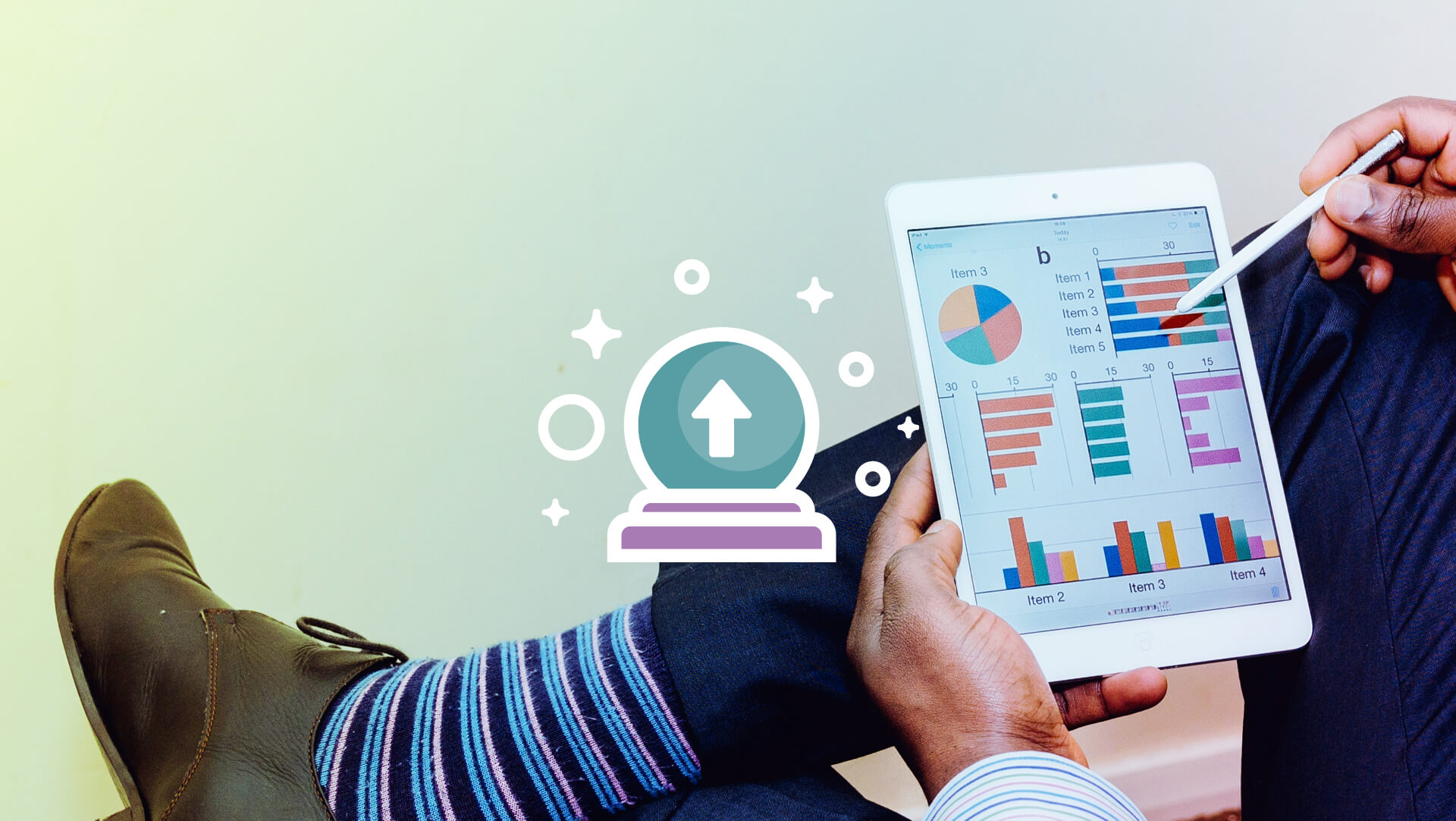Predictive marketing is an incredibly powerful tool. Simply put, it allows you to build more effective marketing campaigns by targeting your customers as individuals, instead of one general pool. If you read our blog post The Power of Personalization in Three Dimensions (which if you haven’t, you should do that now and then come right back), you know that there are three dimensions of personalization you can use to target marketing for your customers; personal preference, time and delivery, and location and environment. When you have data that allows you to access these dimensions, you are able to deliver the right message, to the right person, at the right time.
Why is Predictive Marketing Important?
Having the power to crunch numbers and make strategic decisions is important, especially when you are trying to set yourself apart from the competition, and more and more companies are using SaaS solutions to aid them in these aspects of their business. Restaurants are using predictive marketing to help them with target customers based on point of sale (POS) data. Restaurant owners know they will have a higher probability of success if they offer a veggie burger to a customer who has bought one before, instead sending the same chicken burger offer to everyone in their database. Predictive marketing also allows you to keep tabs on who is redeeming offers, so you can more accurately evaluate your return on investment.
Successfully employing predictive marketing not only helps assess whether your campaigns are successful or not, but also builds a longer lasting relationship with your customers. Much like in the real world, in marketing the more you know about a person, the more likely you are to be able to build a relationship with them. When you are in tune with your customer’s opinions and behavior, they know that you appreciate their business enough to respect their preferences.
How to Start Using Predictive Marketing Today
In order to utilize predictive marketing, you need to have access to the POS data that shows you these dimensions before you send your marketing messages. The good news is, the data is already there (if you know where to look). The bad news is, processing and drawing conclusions from this data without an analytics processer can be extremely overwhelming.
To get started, you need to pin down what it is you want to predict. You don’t need to try to undertake all three dimensions at once – sometimes baby steps are best, and any step forward will help your future marketing efforts. Next, you need to choose the right predictive analytics software, allowing you to find the data you need. Once you have that data, you’ll need to analyze it in a way that will create value for both you and your customers.
Although there are barriers to accomplishing true predictive marketing, there is no time like the present to begin wading through your data. Rome wasn’t built in a day, and the sooner you try to accomplish even one of the dimensions of personalization, the closer you will be to your ultimate goal of predictive marketing. Leverage what you already know and build from there. Take incremental steps, and measure the effect personalization has on your sales.

